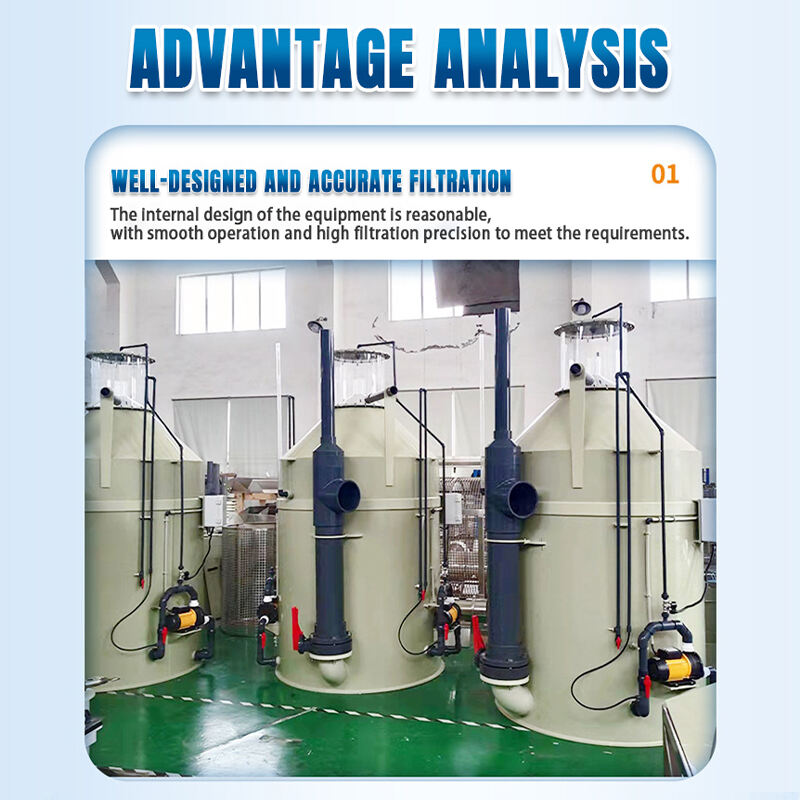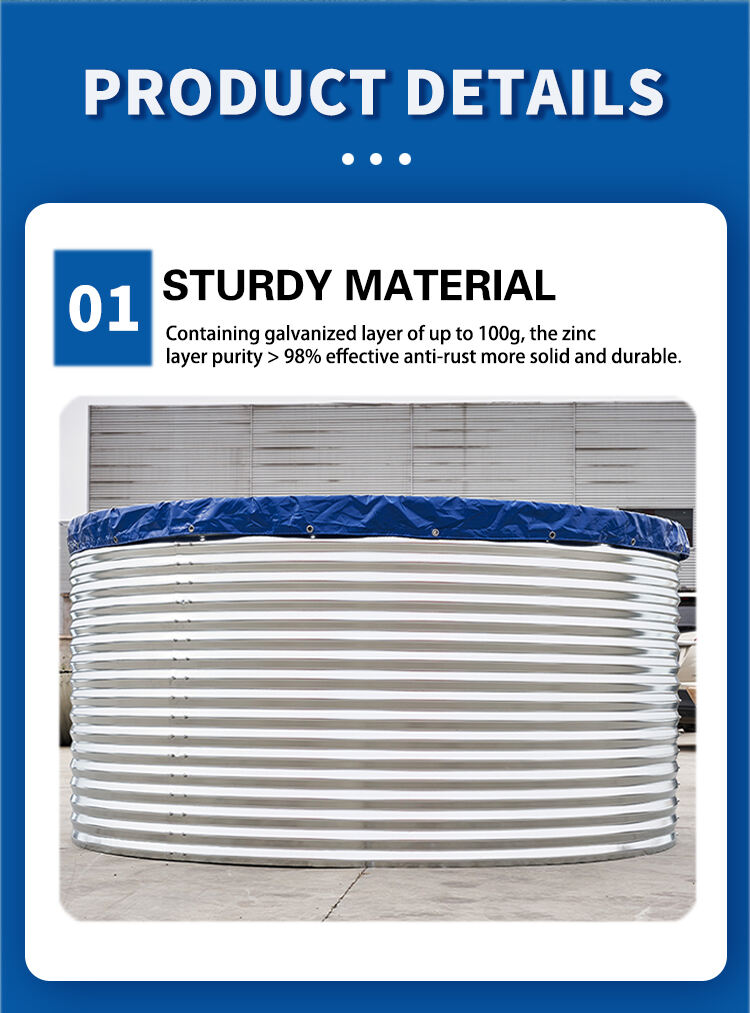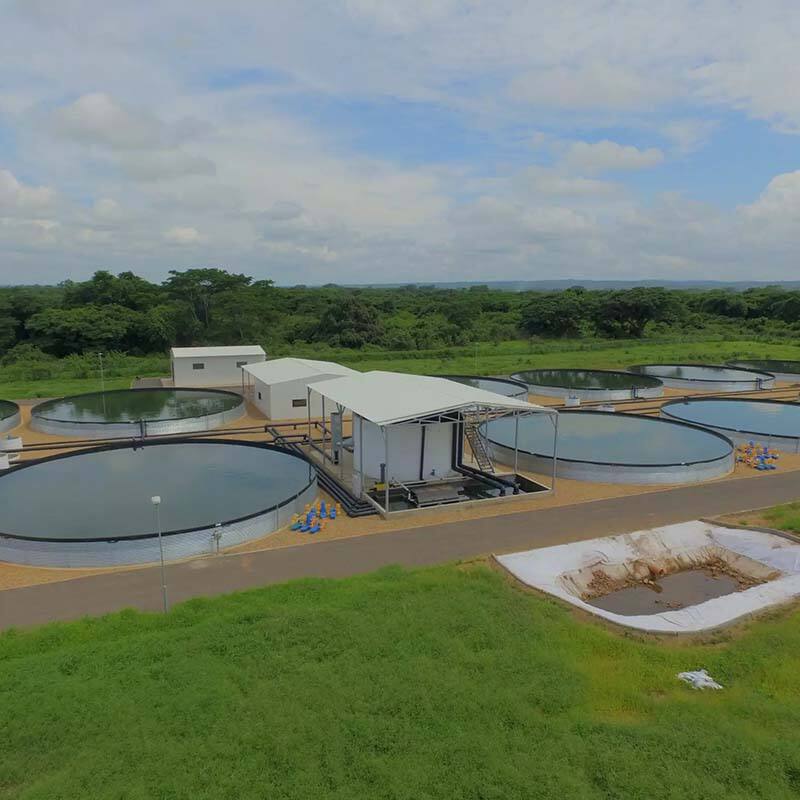 ×
×
Fish farming refers to raising fish for our food. This is key because it helps provide a stable protein source for humans across the globe. We at Wolize care about our surroundings and want to incorporate safe practices in our fish farming.
Fish farming, known as aquaculture, is the process of growing fish in controlled environments such as tanks, ponds, or cages. This allows farmers to monitor the fish to ensure they have the right amount of food, clean water, and space to grow. Fish farming helps reduce over-fishing in our oceans, which helps protect those fish.
We know at Wolize that sustainability matters a lot in fish farming. It means we try to use high-quality food for the fish, create less waste, and conserve resources. By following safe practices, we can preserve our ecosystems in a balanced and healthy way for generations to come.

Fish on the farm: What is the life cycle of fish farming? These eggs are fertilized and then incubated until they become tiny fish, sterted fry. The fry are tended in special nurseries until they develop into larger fish known (unfortunately) as fingerlings. They are then transferred to larger tanks or ponds to grow further. At last, the fish get all grown up and are ready for harvest.

Proper stocking density is required for a good fish farm, meaning that proper number of fish should be put in each tank or pond. Too many fish can feel stressed, become ill, and grow poorly. If there are not enough fish, it can means wasting resources and less profit. Farmers can help them grow better by managing the number of fish in each place and checking their health.

Fish farming is highly dependent on the quality of water. Fish require clean, oxygenated water to thrive, so the water must be consistently monitored for acidity, temperature, and oxygen levels. If the water is healthy, farmers can maintain the fish's health and happiness.
ISO9001, ISO22000, COA, CE, and etc. is our certifications. Our products have been successfully sold to 47 countries and regions, as well as 22 big-scale aquaculture facilities with greater than 3000 cubic meter have been built successfully. Our aquaculture system has been used to create shrimps and fish in 112 different countries.
We have more than 15 years of experience in production in aquaculture industry. We are among top three companies in Chinese aquaculture industry. We have strategic alliances with number of renowned Chinese Universities, and have surely skilled team high-density system engineers and engineers who are able provide best quality products and services.
We able to offer you comprehensive aquaculture plans that covers many aspects including the design of the plan, configurations of equipment budget planning, equipment installation. This will allow you to finish your aquaculture project. Ordinary enterprises unable to do this.
We are experts in design and manufacture of PVC steel pipe that supports fish ponds. PVC galvanized plates fish ponds. We can provide variety of options in the designs and equipment used in aquacultures systems.